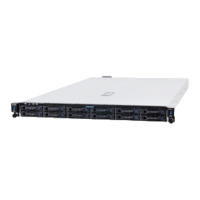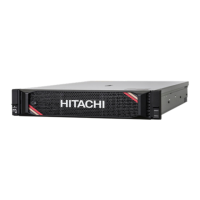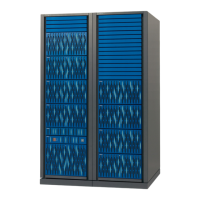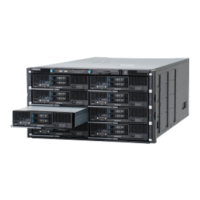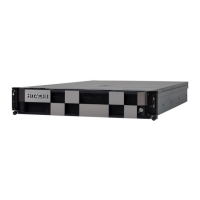This method is most useful when data loss is unacceptable but cost is also an important factor. The
probability that data loss will occur when an array is configured with RAID 6 (Advanced Data Guarding
(ADG)) is less than it would be if it were configured with RAID 5.
This method has the following benefits:
• It is useful when data protection and usable capacity are more important than write performance.
• It allows any two drives to fail without loss of data.
RAID 60
RAID 60 is a nested RAID method in which the constituent drives are organized into several identical
RAID 6 logical drive sets (parity groups). The smallest possible RAID 60 configuration has eight drives
organized into two parity groups of four drives each.
For any given number of hard drives, data loss is least likely to occur when the drives are arranged into
the configuration that has the largest possible number of parity groups. For example, five parity groups of
four drives are more secure than four parity groups of five drives. However, less data can be stored on
the array with the larger number of parity groups.
The number of physical drives must be exactly divisible by the number of parity groups. Therefore, the
number of parity groups that you can specify is restricted by the number of physical drives. The maximum
number of parity groups possible for a particular number of physical drives is the total number of drives
divided by the minimum number of drives necessary for that RAID level (three for RAID 50, 4 for RAID
60).
A minimum of 8 drives is required.
All data is lost if a third drive in a parity group fails before one of the other failed drives in the parity group
has finished rebuilding. A greater percentage of array capacity is used to store redundant or parity data
than with non-nested RAID methods.
This method has the following benefits:

